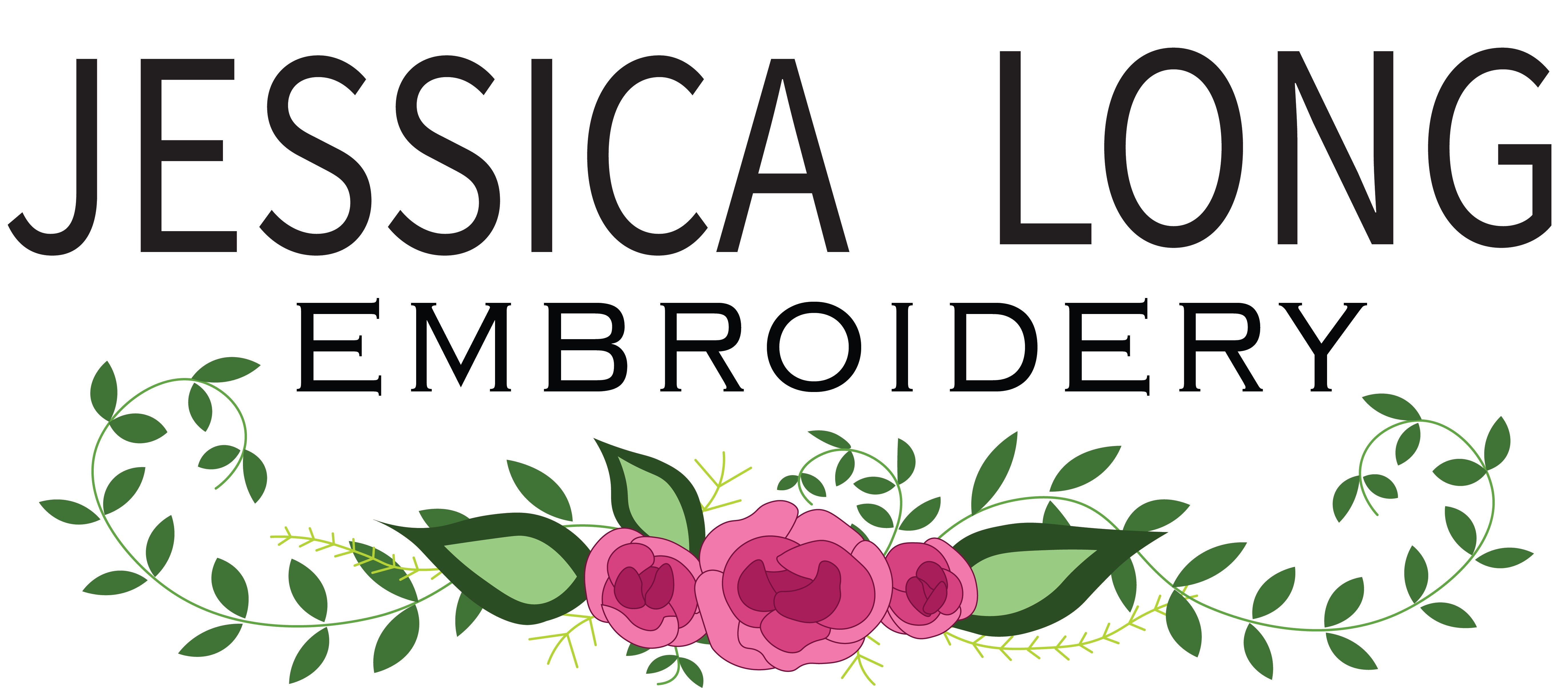Embroidery floss, also called six-stranded embroidery thread, is a versatile cotton fiber enjoyed by millions of embroidery and cross stitch enthusiasts worldwide. Its long history and ease of use contribute to its enduring popularity.
Basics and terminology
Many companies around the world manufacture hand embroidery floss, including Lecien (Japan), Anchor (Europe) and DMC (France). For this article we will focus on specifics related to DMC embroidery floss as it is the easiest to locate in the United States (where we are based), and is included in most of our embroidery kits.
- Embroidery floss comes in a skein, or bundle, secured with a label identifying the color name or color code of the thread.
- Each manufacturer uses its own color name and numbering system, but conversion charts are available online to help you swap in colors from alternative brands.
- DMC's skeins include 8 meters (8.7 yards) of cotton thread made of 6 individual strands that can be separated.
- The terms "strands," "plies" or "ply," and "threads" are sometimes used interchangeably to describe the individual six fibers. When following a pattern be sure to look for the suggested number of strands to use. If you are instructed to use "6 strands" of embroidery floss it likely means to use a single unseparated thread of 6 strands rather than 6 cuts (totaling 36 individual plies) of thread!
Using six-stranded embroidery floss
What length of embroidery thread to use
To cut a workable length of embroidery floss, first look for the thread's tail on the side of the skein labeled with the color code. Pulling from this end of the skein is much easier and will avoid tangles.
Once located, pull the tail to the required length. Some stitchers like to use 18 inch length cuts, while others prefer up to double that length! The shorter the length you cut, the more often you will run out of thread. Alternatively, longer cuts are more likely to get snagged and tangled. Experiment with different lengths to see what works best for you.
How to separate strands of thread
Pull single plies from one end of your cut length of six-stranded thread, one at a time. If it is difficult to see the individual strands try rolling the end of your cut length of thread between your fingers to help them to separate. It can help to hold down the cut length loosely to your working surface with one hand and pull the single ply out with the other.
It is possible to pull out more than one strand at a time but you are more likely to tangle your floss. Some stitchers play it safe and pull as many plies as they need, one at a time, and then combine them together before threading their needle. Others (like me!) risk the twisted tangles and gently pull the required number of plies out at once.
Keep the remaining strands of thread for later use or save them for another project.
Now you are ready to thread your needle!
